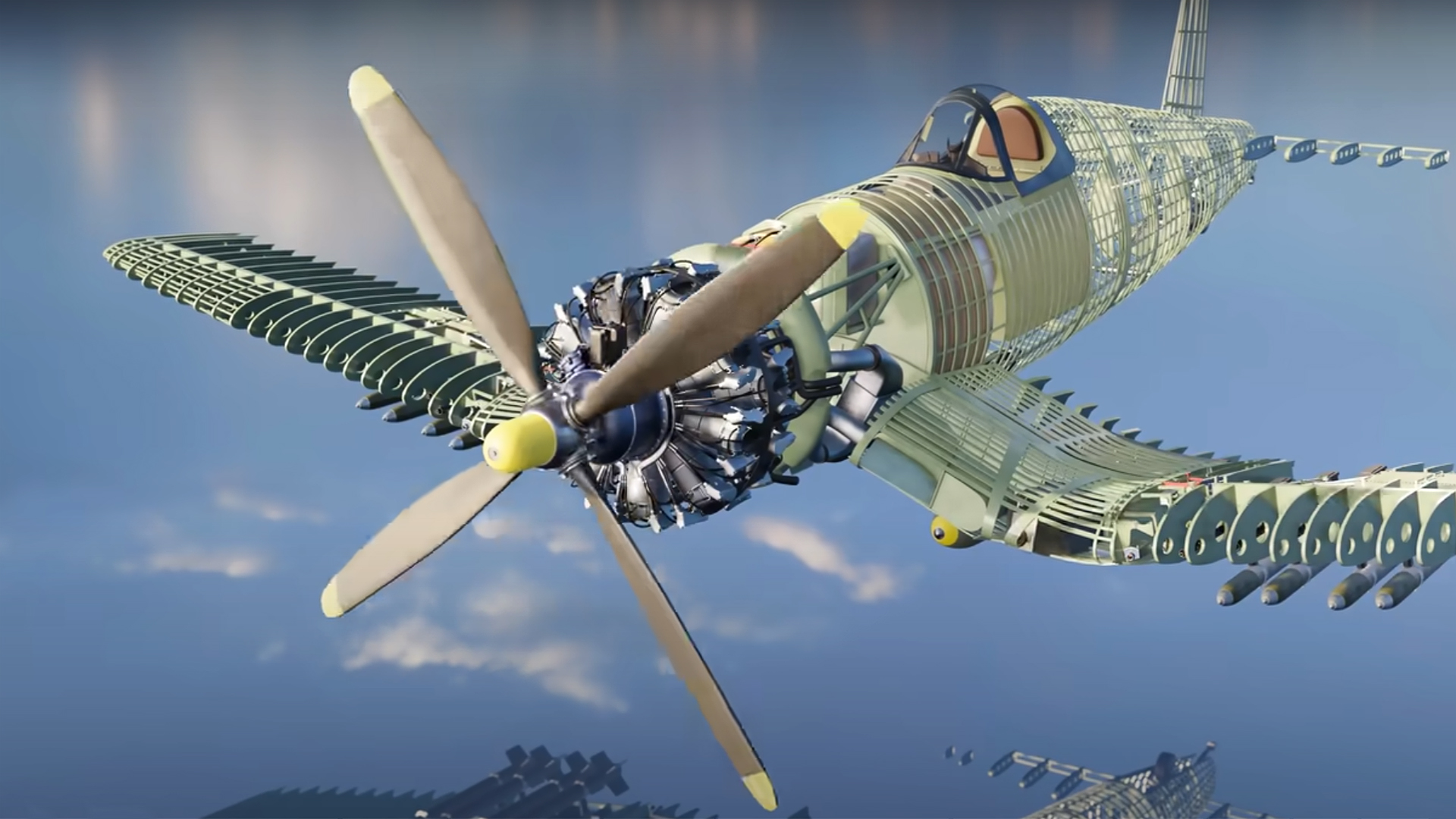It is a widespread – and completely false – belief that the first television broadcast through which humanity unintentionally announced its presence to the Universe was Adolf Hitler’s speech at the opening ceremony of the 1936 Berlin Olympics. This myth entered popular culture largely thanks to Carl Sagan’s novel Contact. In reality, that was neither the first television broadcast, nor did Hitler give a long speech at the event, and the broadcast itself could never reach distant stars.
What is true, however, is that the first man-made object to reach outer space was the German V–2 rocket – a Nazi weapon of mass destruction designed by Wernher von Braun, who later became the chief engineer of NASA’s Saturn V moon rocket. Although the V–2 is now considered technically primitive, it should be seen as the ancestor of all modern space rockets. The basic technologies that make spaceflight possible have remained fundamentally unchanged ever since.
So how exactly did this rocket work? The Blue Paw Print YouTube channel, despite its playful name and paw-shaped blue logo, is not about pets – it’s a moderately well-known channel that focuses on engineering and military technology. It presents complex mechanisms using stunning 3D animations. Their 19-minute film on the V–2 rocket is the first thorough and visually impressive entry in the series.
Next come videos on the Tiger II tank, Nazi superguns, Sherman tanks, Japanese kamikaze submarines, the Messerschmitt Bf 109, the B-17 Flying Fortress, and other iconic wartime aircraft. Each video, around 20 minutes long, gives a detailed look at World War II-era military hardware: viewers can explore the internal structure and function of these machines through 3D cross-sections and animations.
You’ll learn what kind of fuel the V–2 needed before launch, how the propellants were fed into the engine, and what prevented the motor from destroying itself. What rotated the turret of the Sherman tank? Where did the loader squeeze himself inside the King Tiger? What was it like for the belly gunner of a B-17 Flying Fortress to crouch inside the tiny, rotating spherical turret? And how did a Kaiten suicide pilot steer his underwater craft?
What makes Blue Paw Print particularly valuable is that its animations are accompanied by accurate, informative, yet accessible narration. Even viewers with no background in physics, military engineering, or history can understand how these machines worked. This channel is for anyone curious about what these weapons could do, how they were built, and what drove them – both mechanically and historically. As deadly as these devices were, they played a major role in the advancement of technology and the course of history. If we want to understand how we got here, we must understand these as well.

